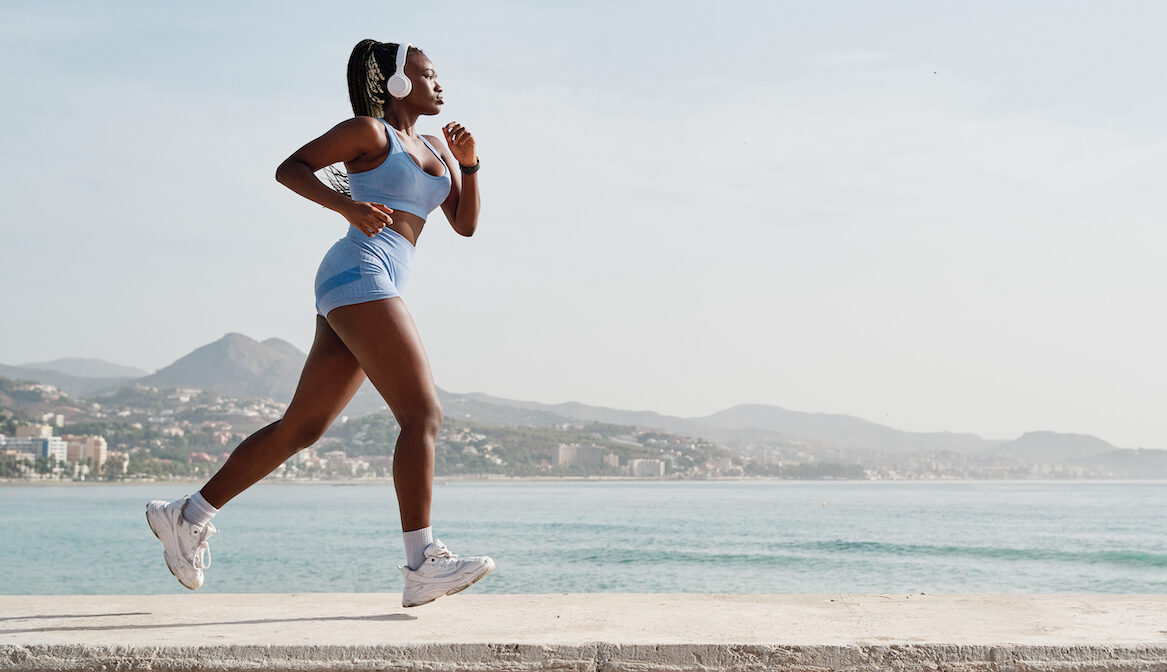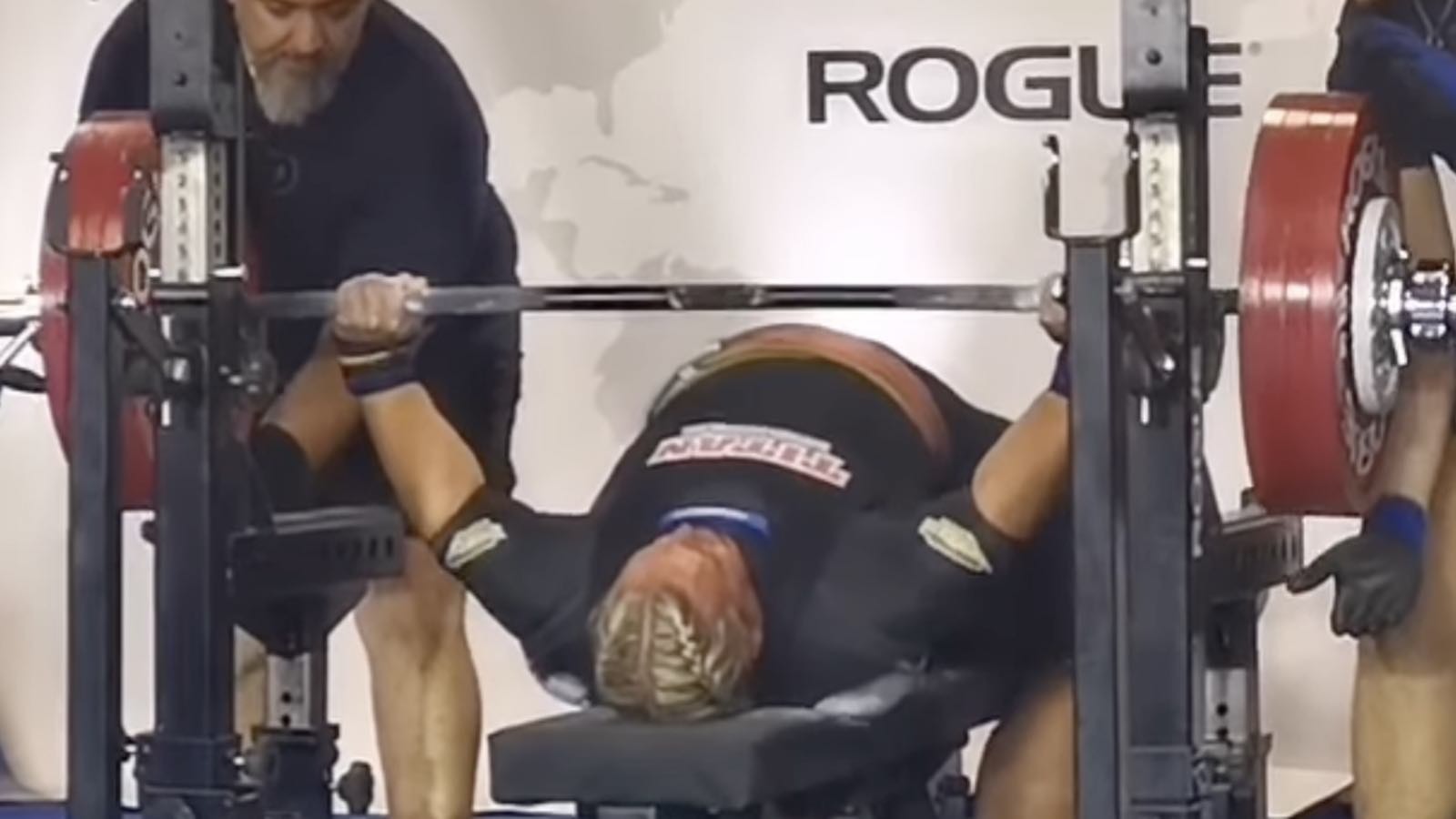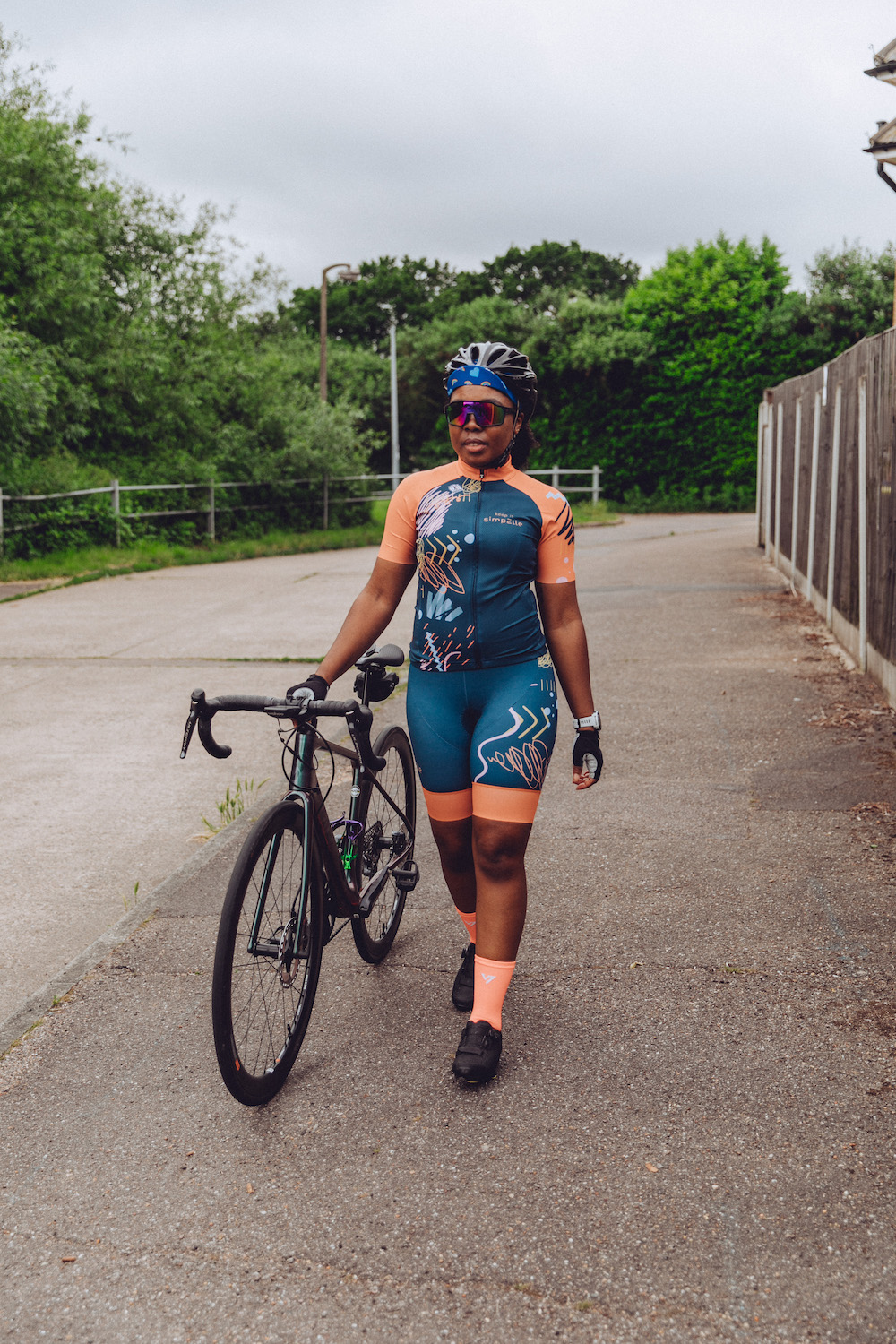Runners put a lot of thought into their workouts, considering things like how far they’ll run, how fast they’ll run, whether they will do a steady distance run or an interval workout. Yet one thing recreational runners rarely take into account is the surface they’ll be running on. From asphalt roads to dirt trails, treadmills to running tracks, what you land on with each stride can make a difference in how running affects your body.
So, what is the best surface for running? We broke down the effects of the most common options.
How different surfaces influence the effects of running
The surface you run on can either buffer or increase the impact of each stride on your body, depending on its stiffness and levelness, says William Charschan, DC, a certified sports physician, the owner of Charschan Chiropractic and Sports Injury Associates, and the former medical director for USA Track and Field in New Jersey.
But there are a number of other variables that affect impact, too, he adds. “The body style, flexibility, core effectiveness, and even your running shoes can affect impact,” he notes. Your running efficiency can also make a huge difference in how you feel and how much work it requires for you to run.
“For example, a 9.5-minute mile pace is easier on the body than an 11-minute pace and more efficient too, as the slower pace has higher levels of ground impact,” he says. “If a runner is unable to run faster and is stuck at 10.5 or 11 minutes, the ground impact will be higher.”
That said, no matter your pace, different running surfaces can place different kinds of stress on your musculoskeletal system, and alter your risk of injuries.
Asphalt
Most roads and bike paths are formed from asphalt, making it one of the most common surfaces we run on. But Dr. Charschan says that the outside temps and sun exposure can change how asphalt affects our bodies.
“Asphalt is a forgiving surface, especially as it heats up—but too hot, it can be melty and affect your shoe adhesion, as the dark surface will heat from the sun,” he says. “Ideally, running on asphalt is [best] in cooler weather when the surface has more give but not too soft. In the winter, like all ground, it is stiff and absorbs shock less effectively.”
Concrete
Dr. Charschan says that concrete and cement—which are what sidewalks are typically made of—are very stiff and unforgiving surfaces: “I don’t recommend running on concrete regularly, but it is not affected by weather, humidity, or dampness.”
The risk of doing too much mileage on concrete is that the hardness of the running surface increases impact stress, which can increase the risk of injuries like stress fractures and shin splints.
If you live in a city with lots of concrete sidewalks, try to limit the frequency and duration of runs on them; look for trails or grass along the sidewalk, or hop into the road if it’s safe to do so—even asphalt has a bit more give than concrete.
Dirt trails
Trail running has increased in popularity as a great way to get away from the hustle and bustle of traffic and connect with nature. Running on dirt trails is also gentler on the bones and joints due to the increased give of the natural earth compared to the relative stiffness of asphalt and concrete. However, the muscular demand of running on trails is greater than road running because a trail won’t be as smooth and even.
“Due to the uneven terrain, a strong lower body is needed to avoid sprains from stepping on rocks and such, [but] trail shoes supply improved traction,” says Dr. Charschan. “The dirt itself is affected by the weather. Dry weather is, of course, going to make it stiffer and less likely to mitigate shock, and wet weather will soften it. Also, these surfaces are harder in colder weather, which may result in more impact issues.”
While traumatic injuries like sprains are more common in trail running than on flat roads, some research has shown that chronic injuries are less prevalent (likely due to the need for more varied body movements to run over roots and rocks, and up and down steep hills).
Rocky trails
Dr. Charschan says that the qualities of rocky trails are similar to those of dirt trails; however, rocks can be slippery and can often lead to twisted ankles, especially if those rocks are loose.
Rocks also are poor shock absorbers so the impact stress on the muscles, joints, and connective tissues will be higher when running on rocky trails versus dirt trails. Be sure to choose trail shoes with prominent lugs for traction, and ample cushion to help absorb impact.
Treadmills
Most treadmills have fairly cushioned running decks, particularly premium home treadmills and most commercial treadmills. This helps to absorb impact shock and reduce joint stress relative to running on the road.
Running on a treadmill is also very consistent—you won’t trip on a branch. But that repetitive foot strike can lead to overuse injuries. One way to mitigate that risk is to vary the incline and the speed so that you change up your running form and the muscles worked.
If you are planning to transfer your treadmill training to road running for an upcoming race, research suggests that you should set the incline on the treadmill to about one percent in order to best mimic the metabolic and physiological demands of running outside. This is because there’s limited air resistance when running indoors, and the treadmill belt is pulling you along rather than you needing to generate all of the propulsive force with your own muscles.
Running tracks
Most modern running tracks are made from a vulcanized rubber that is excellent for absorbing shock while still promoting enough energy return to be responsive for fast running.
“Most running tracks are made of a material designed to mitigate shock,” says Dr. Charschan. However, if you’re running on the track regularly, you will want to reverse the direction on alternate days, he suggests. Running the same direction the whole time, especially for long runs and workouts, can cause stress on your hips and ankles, particularly if the track is banked or the curves are tight.
Astroturf
Astroturf is found on the infields of many running tracks where football, soccer, or other sports may be played. Although distance runners don’t tend to run much on astroturf, sprinters or runners doing interval training and speed training may do workouts on this forgiving surface.
“This is a cushioned surface many sports are played on. The good thing about it is that it can be used in any weather and these fields do not need resting,” says Dr. Charschan. But he adds that turf isn’t quite as soft as grass and sprains like turf toe can happen.
Grass
Running on grass is sometimes recommended as a gentler alternative to road running. “Grass has more give to it, but be aware of divots and other pits in the surface that can cause an injury, such as a sprained ankle,” says Dr. Charschan. “It also can be much softer when moist.” (Read: muddy.) He adds that while many sports use manicured grass lawns, your typical grass field is too uneven to be ideal for running.
Sand
If you’ve ever run on the beach, you’re likely well aware that running on dry sand is very difficult because the sand moves under your feet as you push off. This reduces running efficiency, since energy is lost to the moving sand. Which makes it a challenging cardio workout, and an opportunity to strengthen different muscles.
“[Running on sand] pushes the runner into a midfoot stride and will make the calves sore. Build up to this or consider a minimalist shoe that has a low heel (1-4mm in the back) to train in first before doing this,” suggests Dr. Charschan. Another strategy is to start by running closer to the shore line where the sand is damp from the ocean, which will offer more stability to push against.
Boardwalks
If there’s a boardwalk along the beach, Dr. Charschan says this can be a great alternative running surface that still allows you to enjoy running next to the ocean but in a way that’s gentler on the body.
“This surface will respond to your impact and bounce back, which makes you feel lighter on your feet,” notes Dr. Charschan.
You can also find boardwalks in some community parks or beginner walking trails.
The best surface? Multiple surfaces
As with most training concepts integral to the sport of running, varying your running surfaces is the best way to offer your muscles, joints, bones, and connective tissues different stresses while mitigating the risks of running too much on one kind of ground. Variety not only helps prevent overuse injuries, but it will naturally force you to try different running routes, which will also help prevent boredom—and plateaus in your progress.



